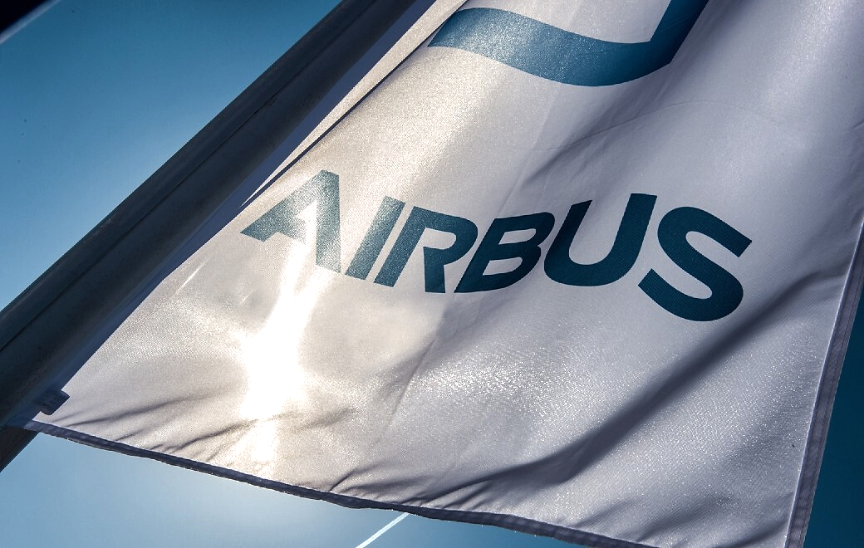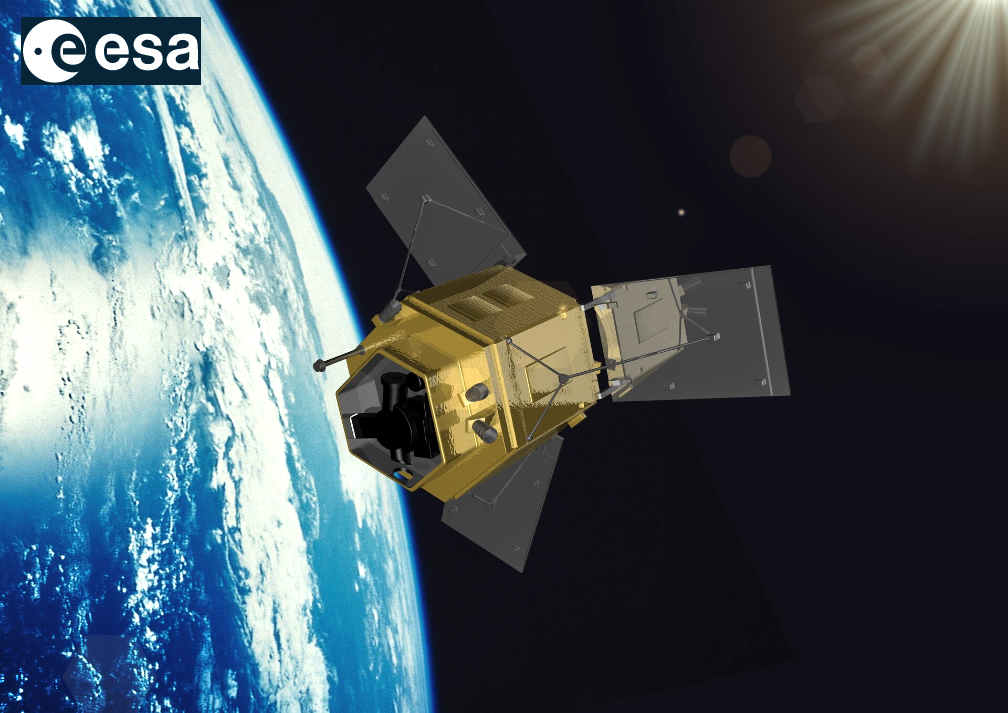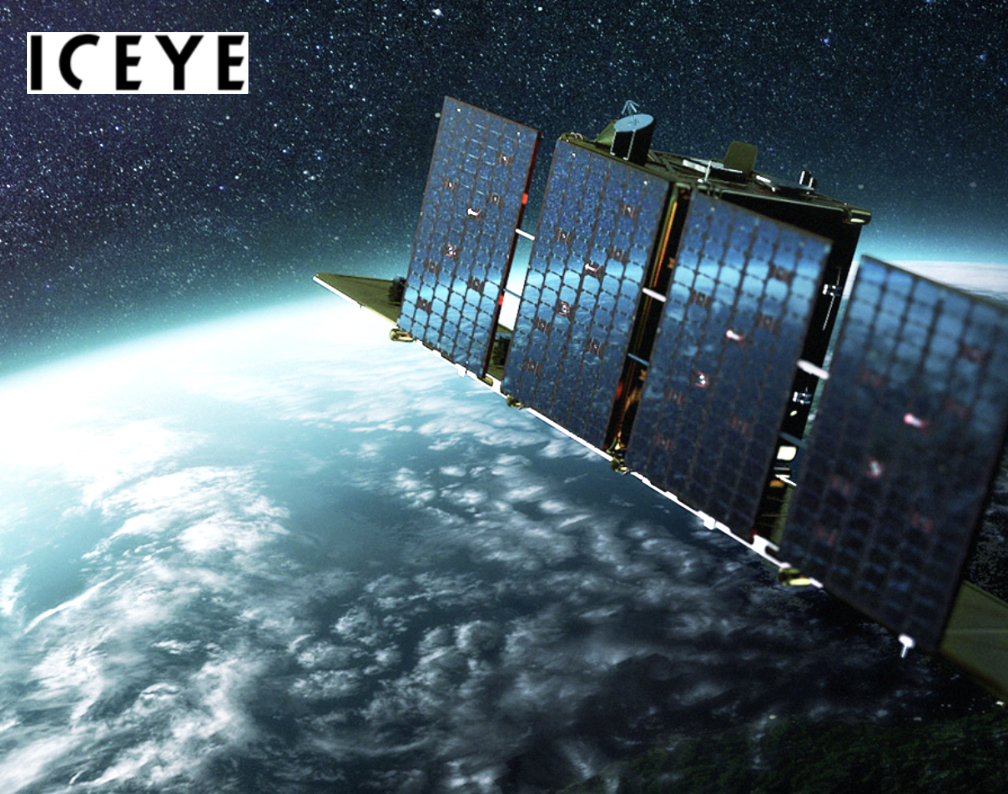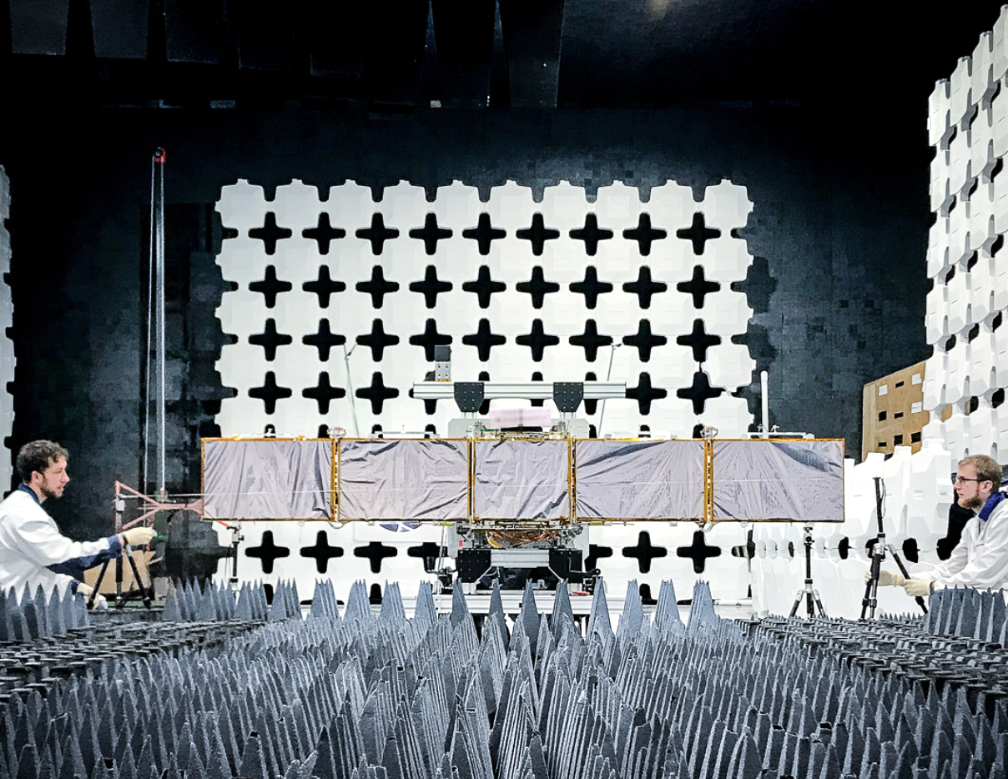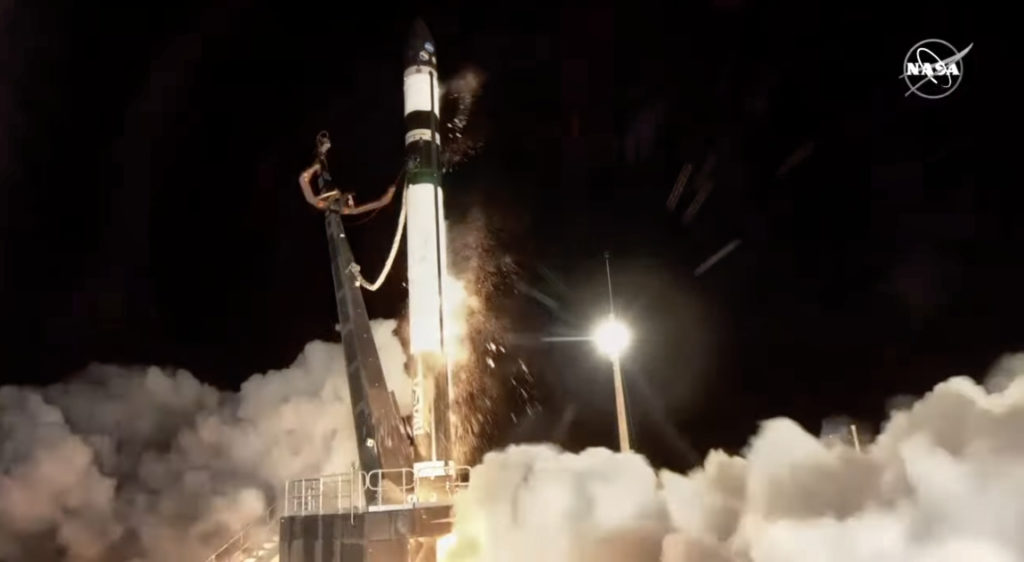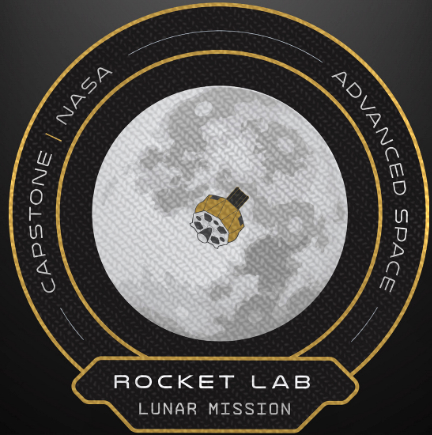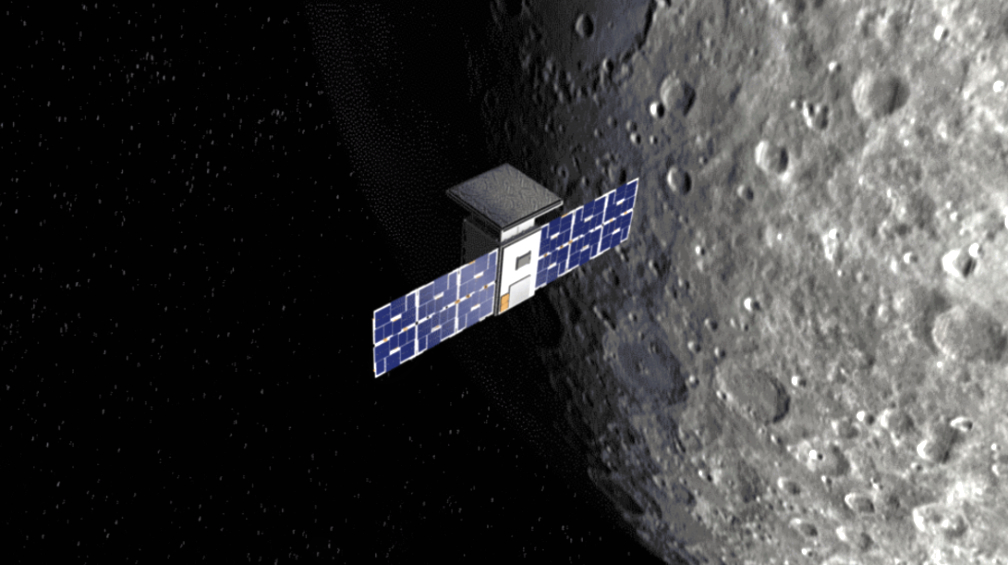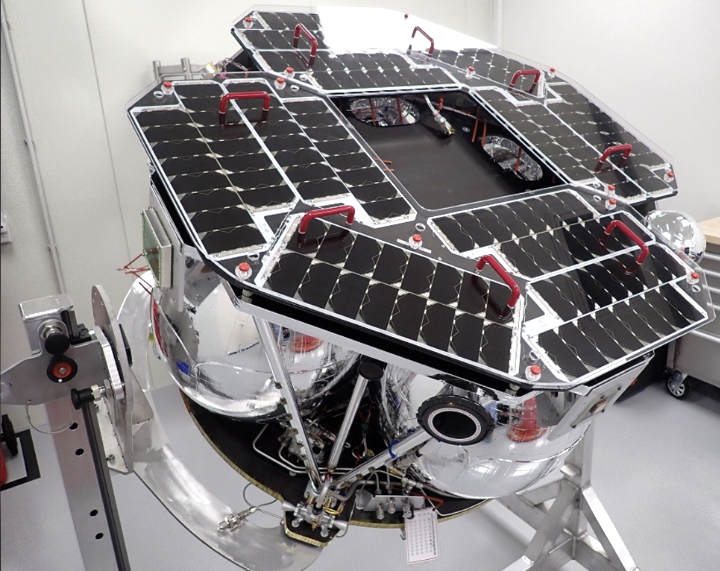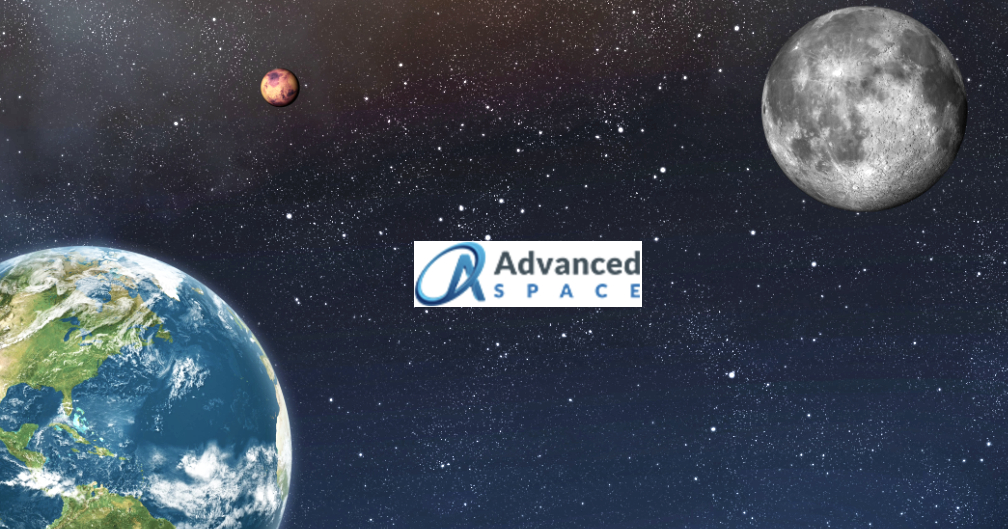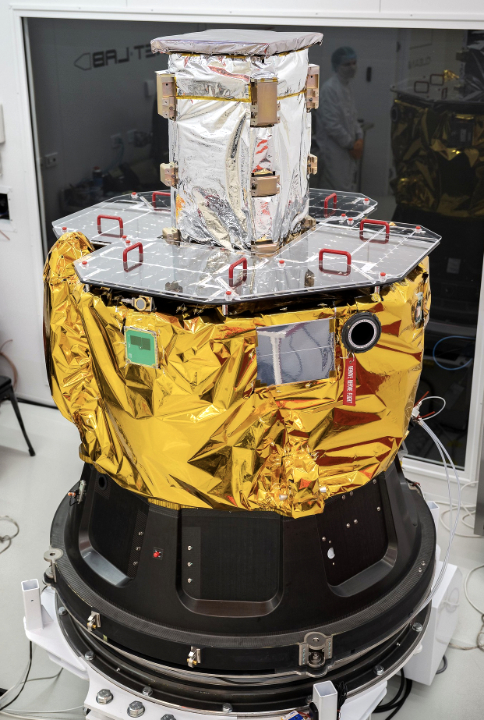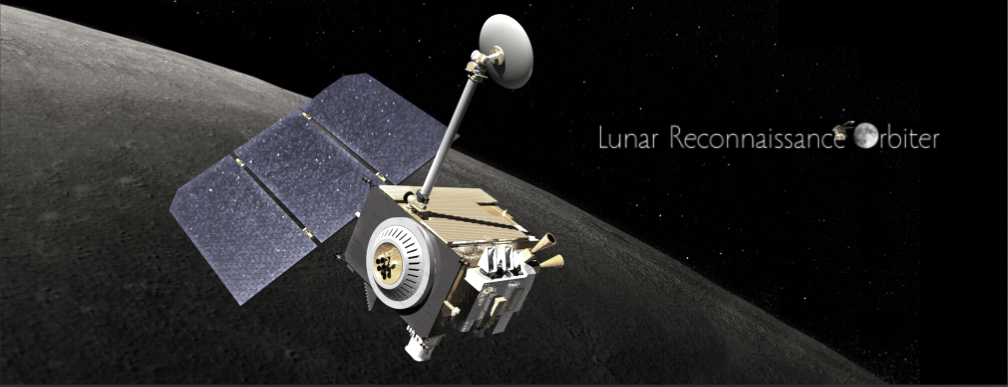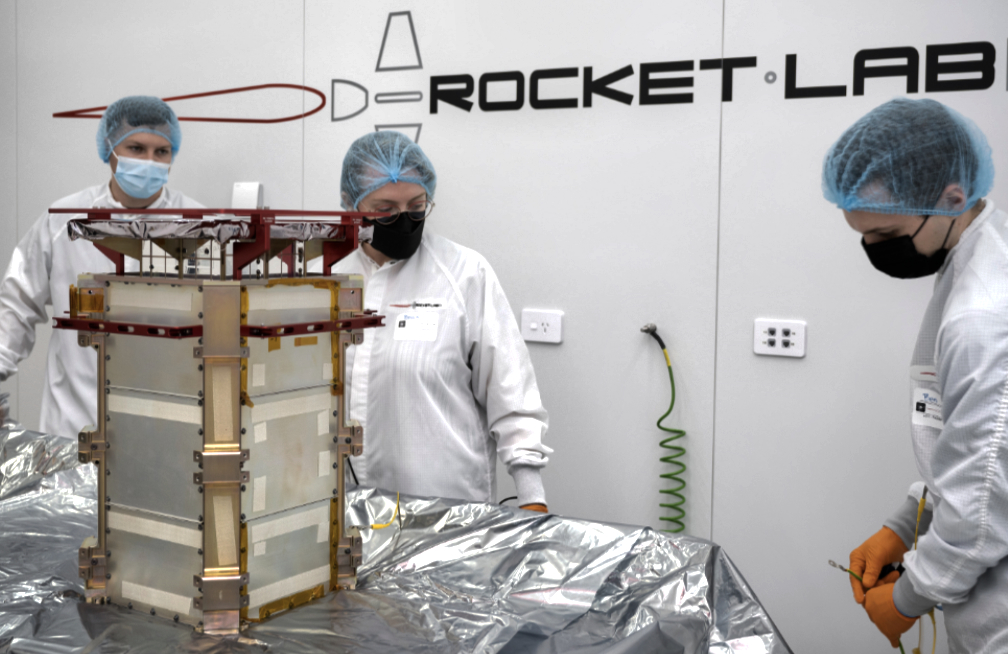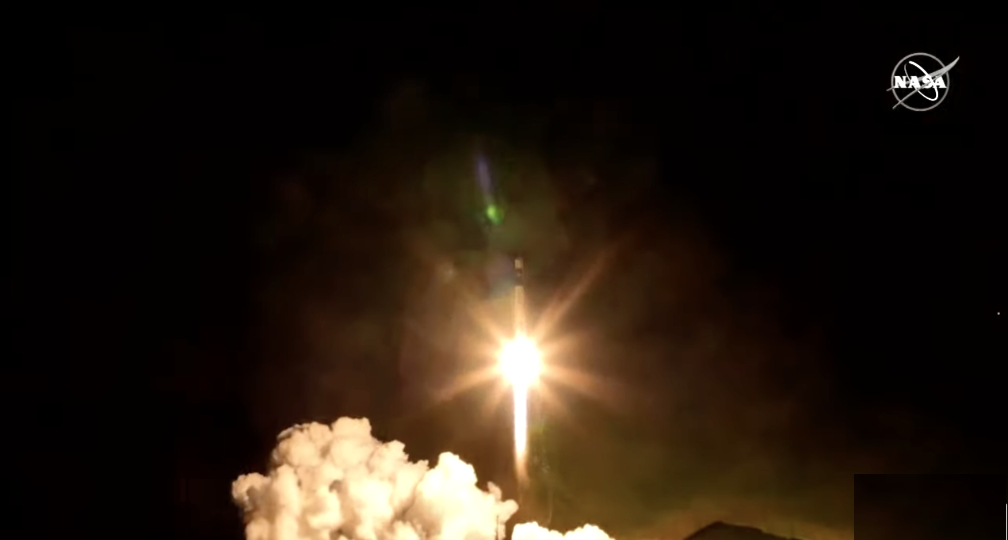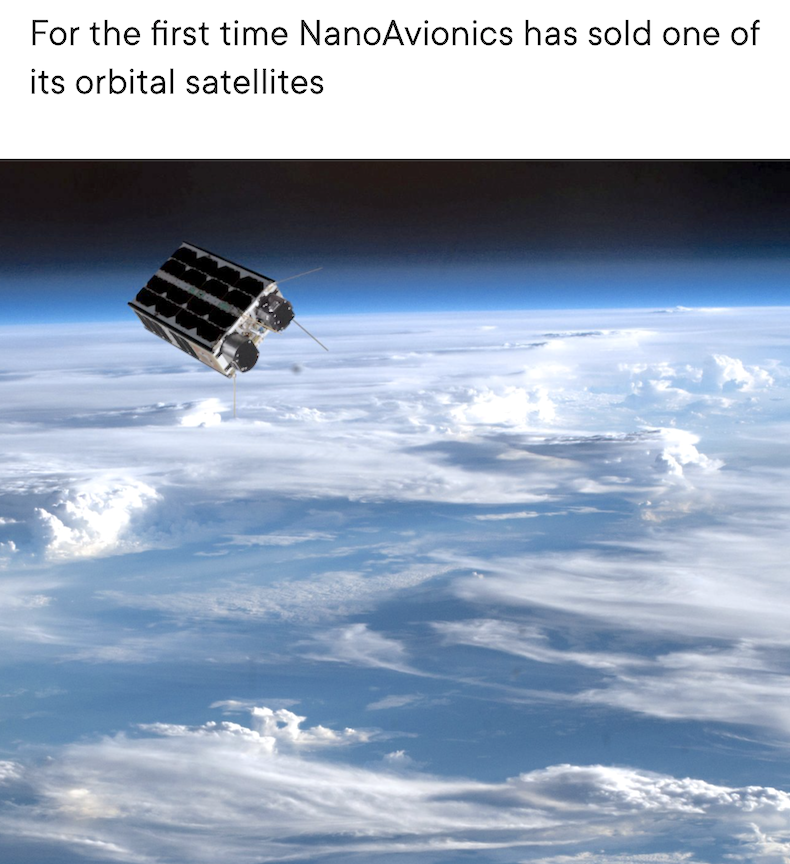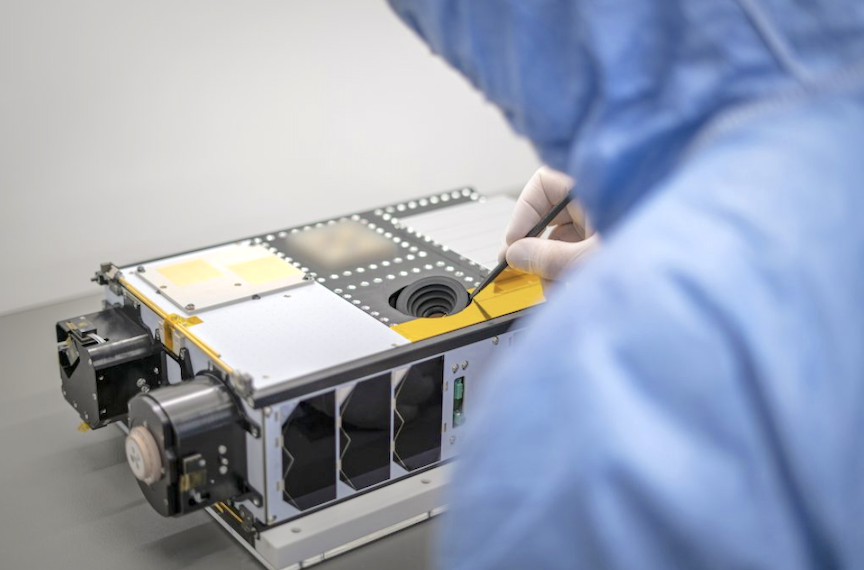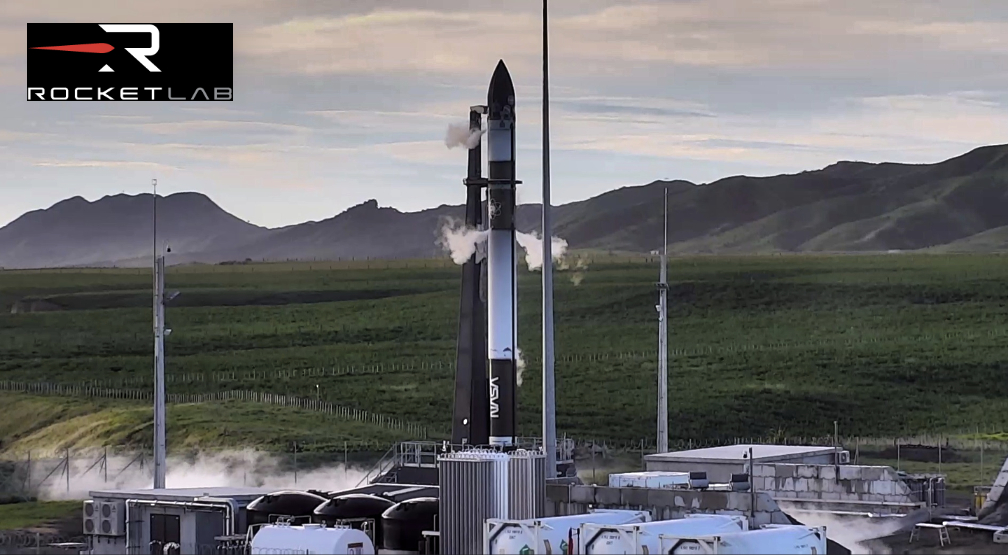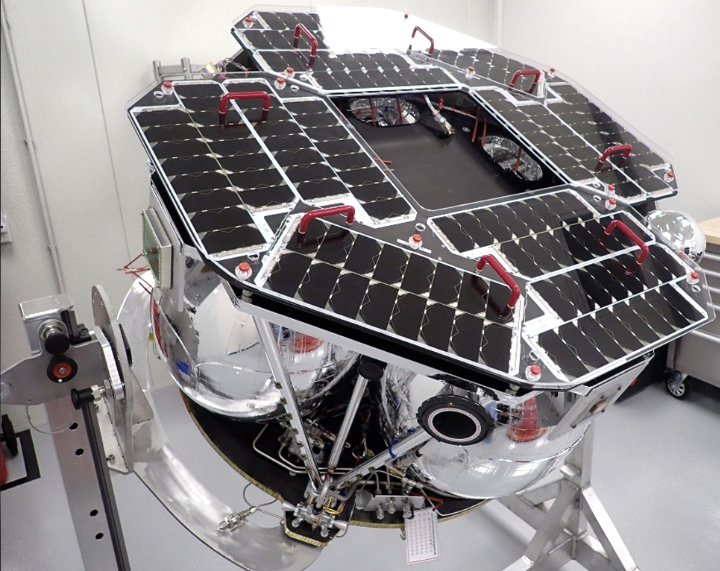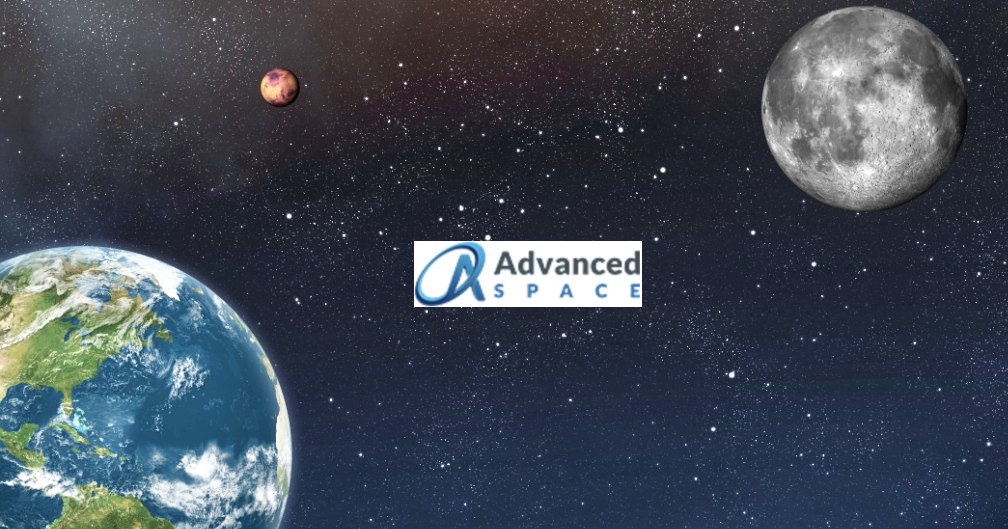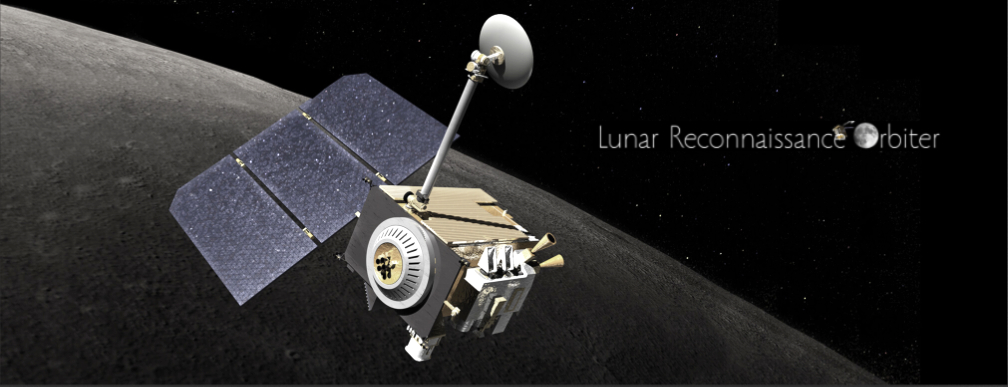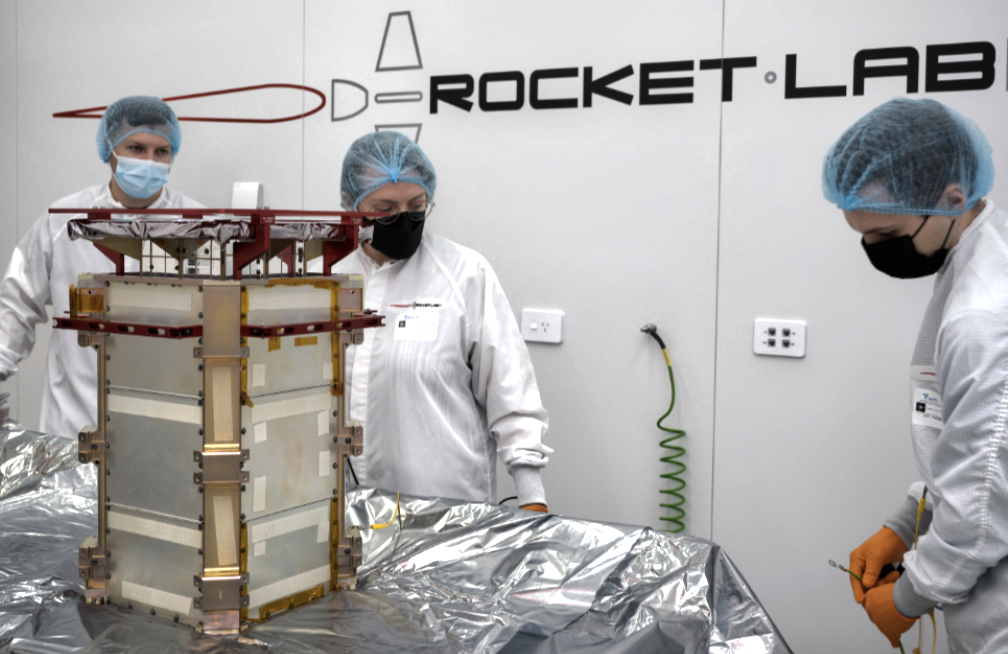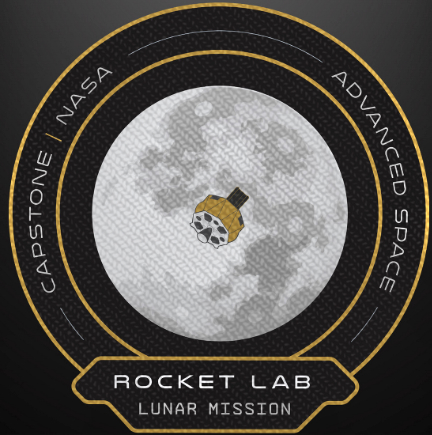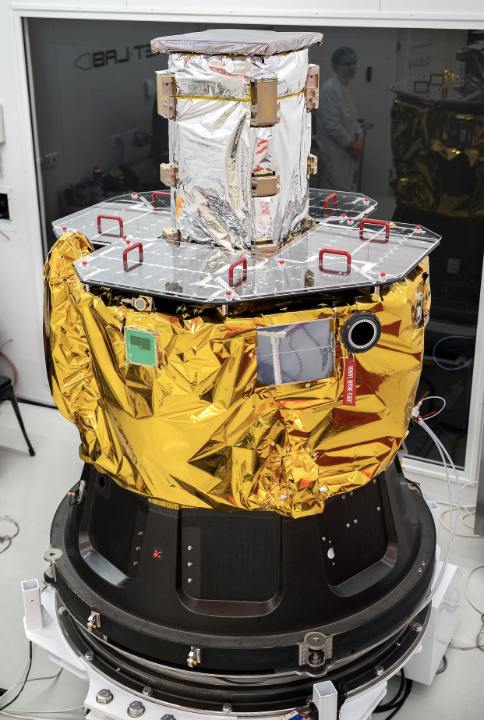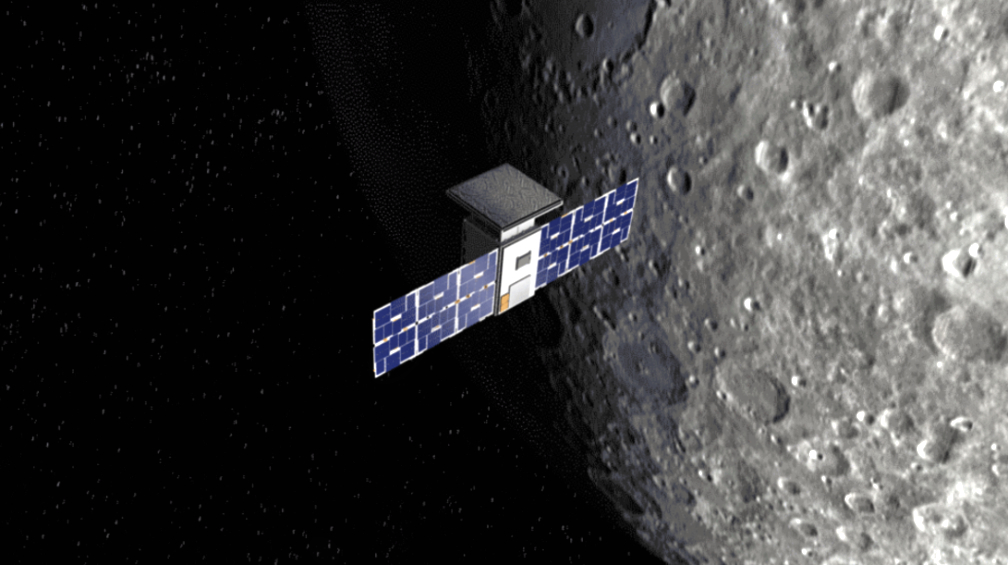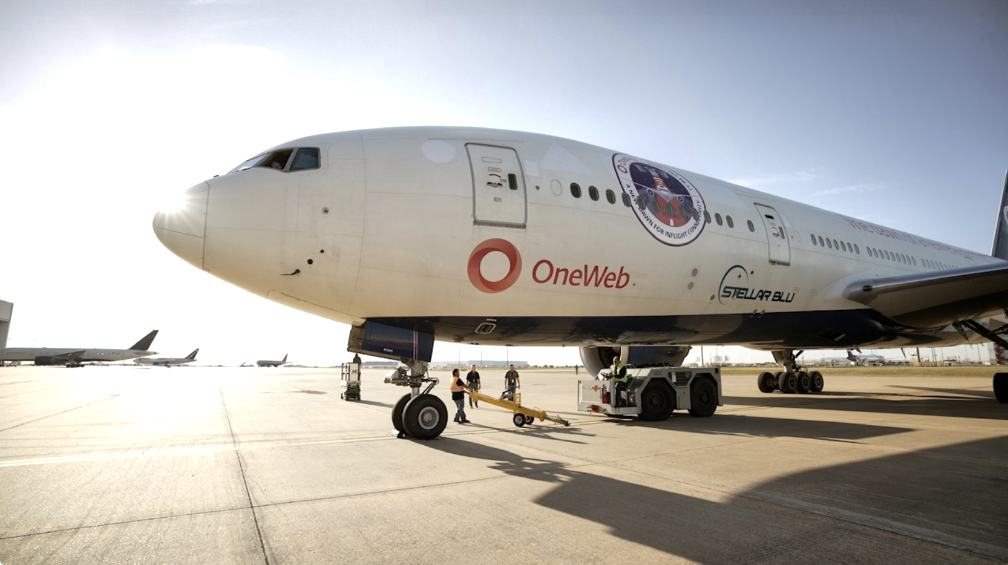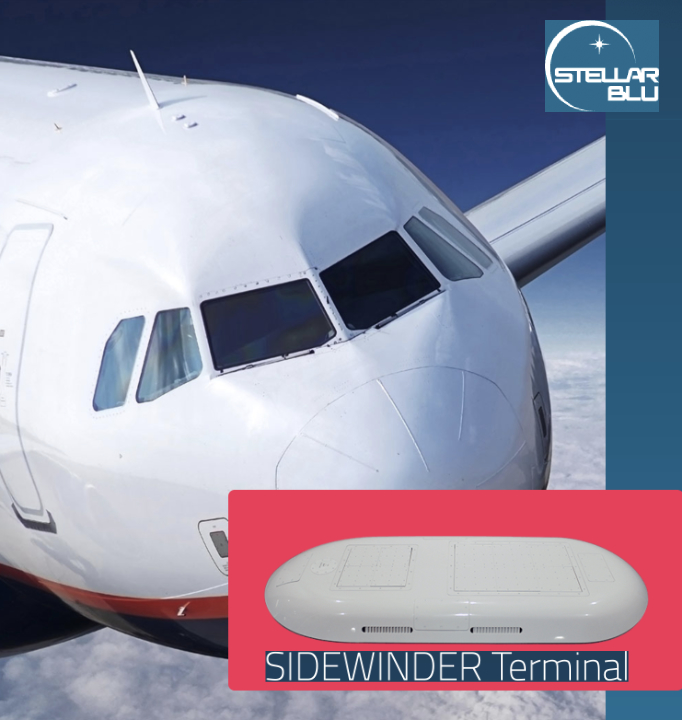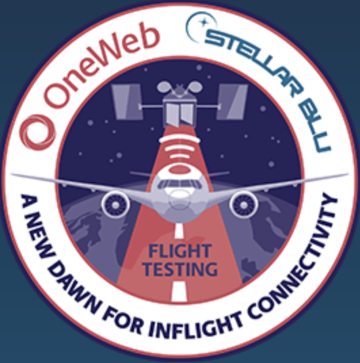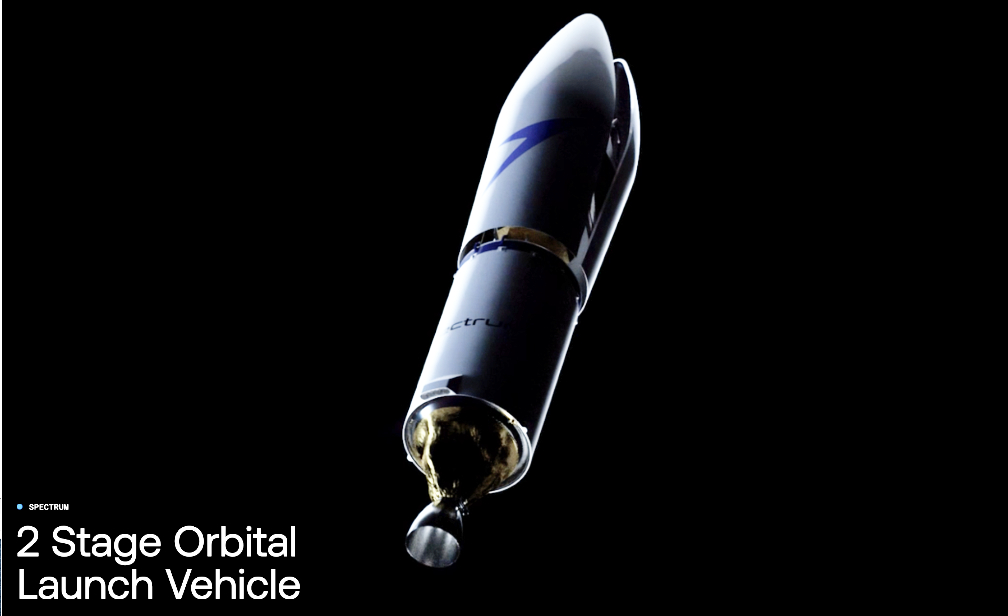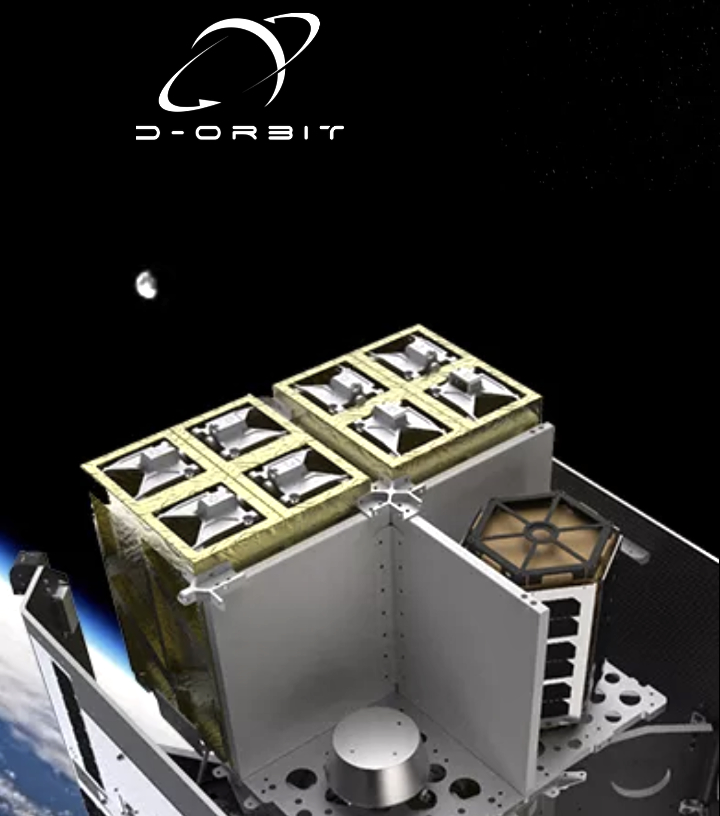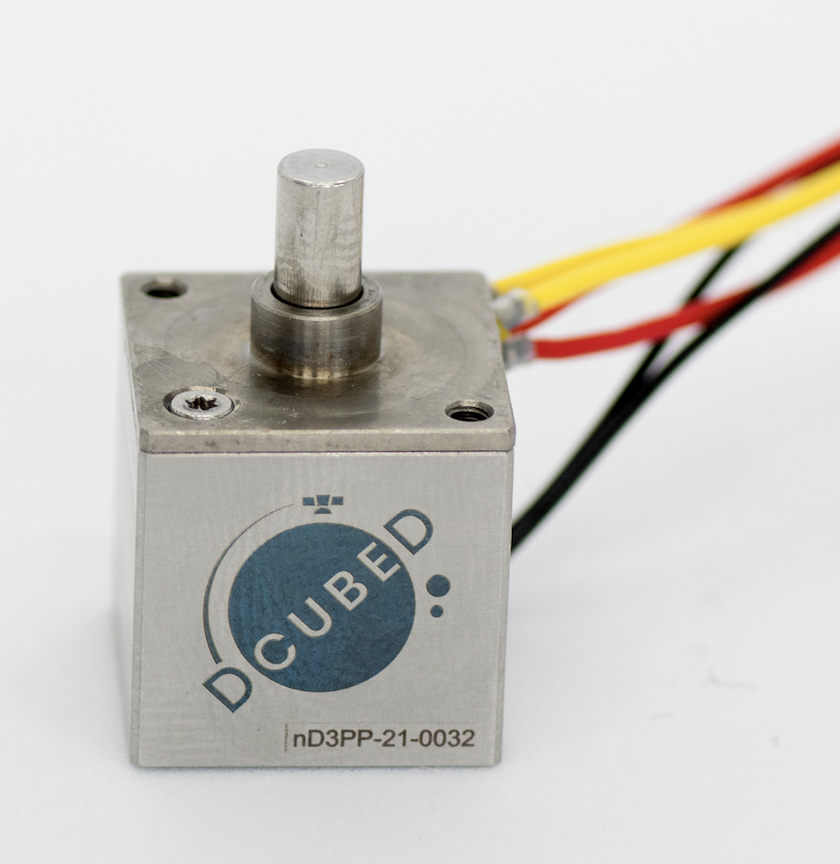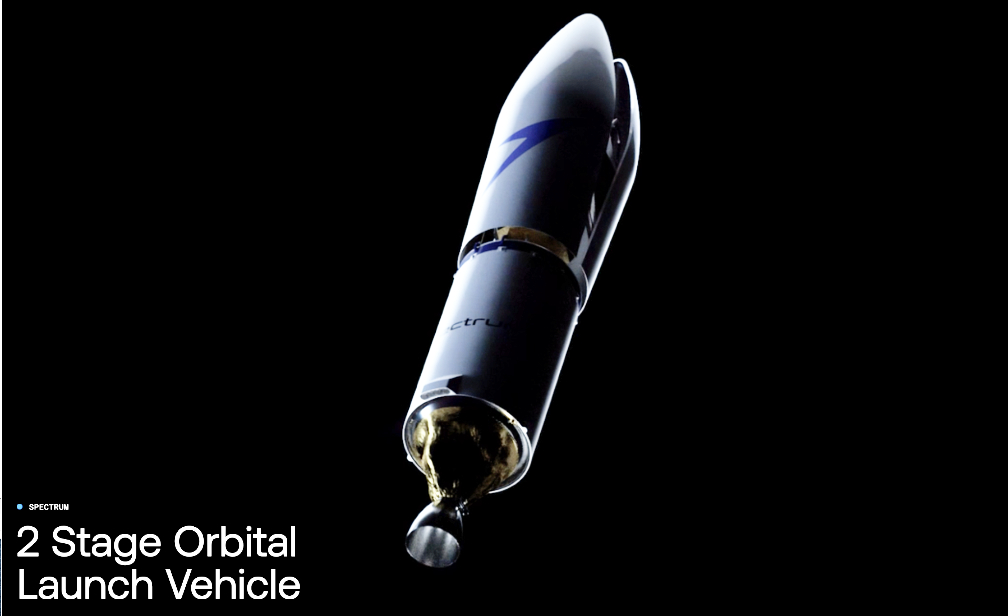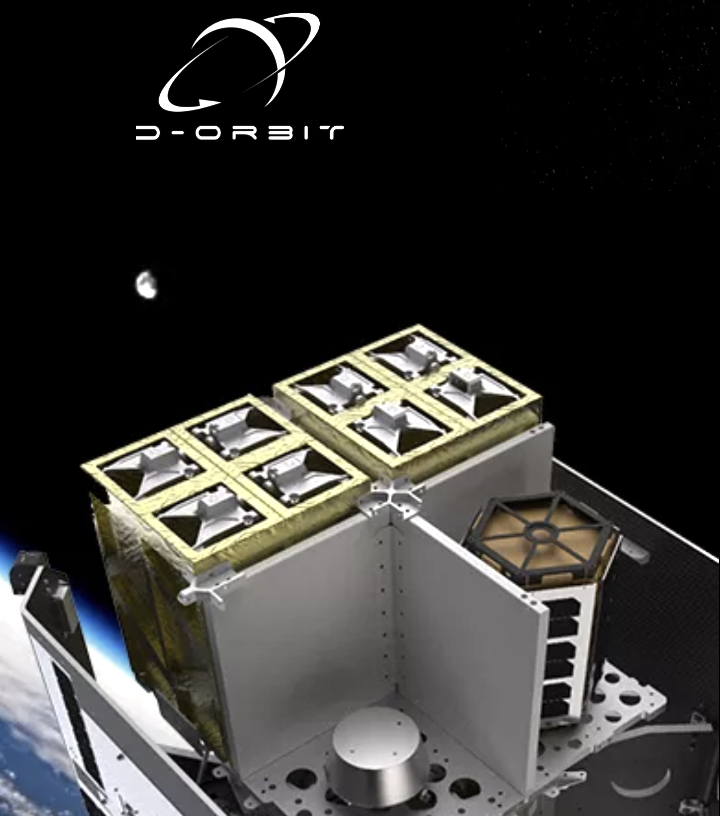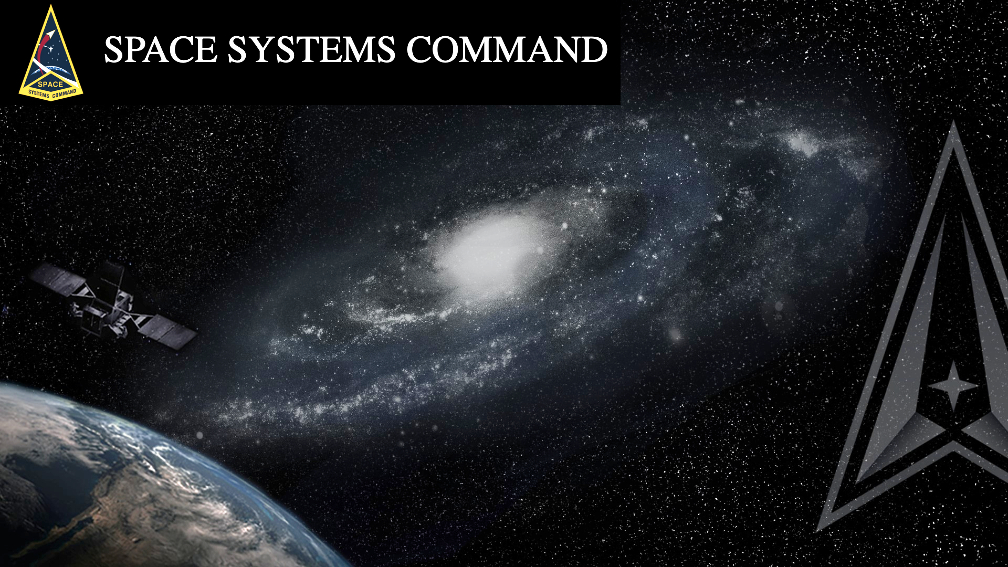
Space Systems Command is preparing to air-launch the STP-S28A mission on June 29th to deliver seven payloads for the DoD Space Test Program off the Southern California coast to an orbit of 500 kilometers at a 45 degree inclination.
These experimental payloads enable the development of a wide range of technologies supporting the future warfighter. On-orbit demonstrations include a modular platform for supporting system development, Intelligence Surveillance & Reconnaissance (ISR) and Proximity Operations of SmallSats, next-generation Radio Frequency (RF) communications and data routing, and research in Earth sciences.
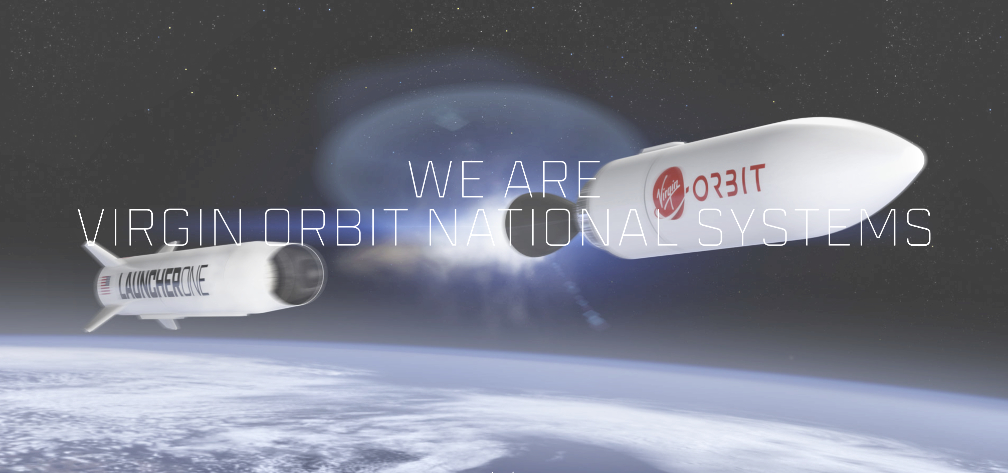
Virgin Orbit National Systems is set to deploy the payloads into orbit on its LauncherOne rocket, designed and manufactured in Long Beach, California.
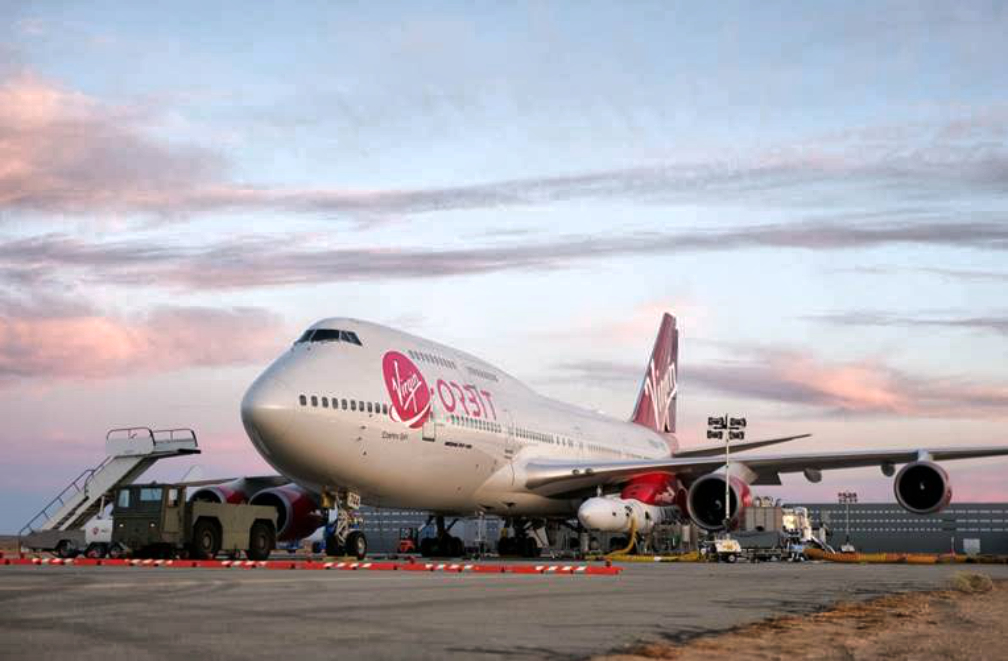
They will be air-launched from Virgin Orbit’s 747-400 carrier aircraft, dubbed “Cosmic Girl,” after taking off from Mojave Air and Space Port and flying a prescribed aerial “racetrack” course over the Pacific Ocean.
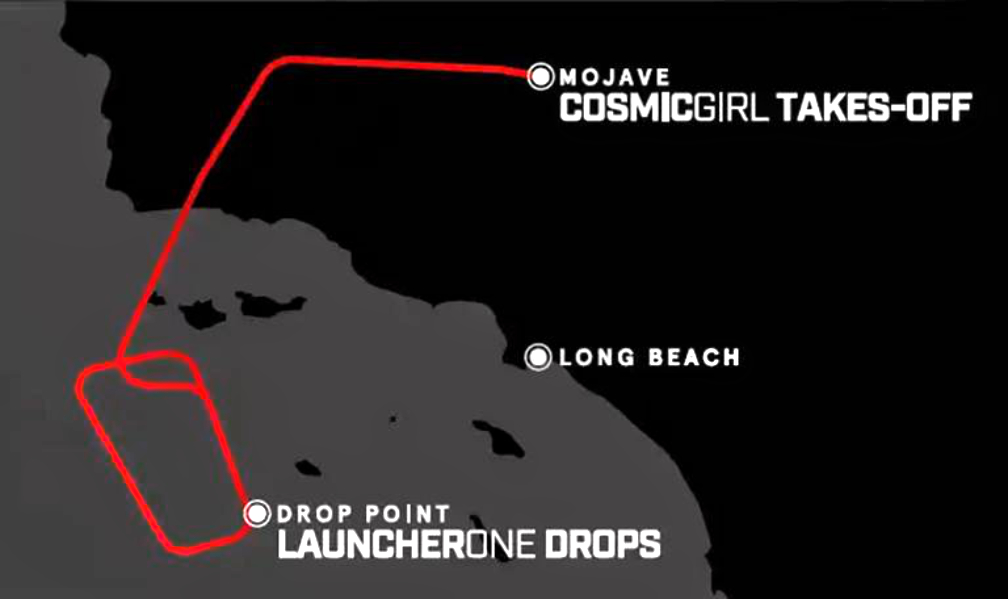

STP-S28A is managed by the DoD Space Test Program that delivers experimental demonstrations of new capabilities and expedient space access solutions for research and development experiments. SSC’s Space Domain Awareness & Combat Power, Innovation and Prototyping Delta at Kirtland Air Force Base, New Mexico, administers the DoD STP.

Space Systems Command procured this launch through the Rocket Systems Launch Program (RSLP).
“We are excited to partner with Virgin Orbit National Systems for the launch of the STP-S28A mission for the DoD Space Test Program,” said Lt. Col. Justin Beltz, chief of Space Systems Command’s Small Launch and Targets division. “RSLP and STP have a long history of working together to support Department of Defense science & technology efforts. The entire team has worked tirelessly to prepare for this upcoming launch, and we look forward to getting the Space Test Program’s payloads where they need to be on-orbit.”
Space Systems Command, headquartered at Los Angeles Air Force Base in El Segundo, California, is the U.S. Space Force field command responsible for rapidly developing, acquiring, equipping, fielding and sustaining lethal and resilient space capabilities. SSC mission capability areas include launch acquisition and operations, communications and positioning, navigation and timing (PNT), space sensing, battle management command, control and communications (BMC3), and space domain awareness & combat power.

